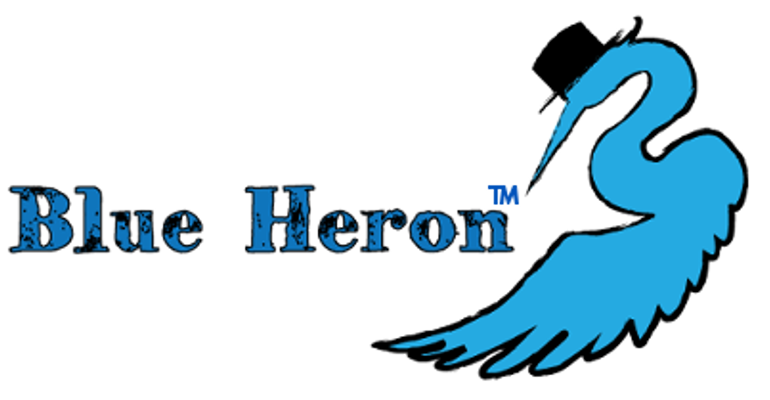Now I can hear the sharpening of pitchforks and the lighting of torches as I say that Beyblades and Magic the Gathering (MTG) are the same but each of these two games share a shocking number of similarities. For those who are not aware of what Magic the Gathering (MTG) is or what Beyblades are let me provide with a basic summary. Magic the Gathering (MTG) is a collectible card game in which two and sometimes more people build decks and battle each other until there is only one player left with multiple forms of elimination. By contrast, Beyblade is a collectible battle-top game in which two and sometimes more people construct their battle tops and battle each other until there is one player left with multiple forms of elimination. Now some of this explanation is done in humorous effect but to help show that at their core there are some remarkable similarities between the two. These similarities are that there are a variety of formats that limit the construction, each component having its role in creating a specific play style, and the games themselves having multiple win and scoring conditions.
For the first similarity between these two games is that they both offer a variety of formats that limit the construction of the Deck or the Beyblade. In MTG there is always a set of cards that is considered for the Standard format that rotates over time, but you can also play in other formats such as the various Limited Formats, Commander, and the Various Team Formats. With Beyblade, there are parts from different sets of Beyblade that you can use to make custom Beyblades such as Standard, Limited, Team. In both cases the components available for construction is limited.
The second similarity between both MTG and Beyblades is that there are multiple types of components available for construction. For MTG the cards in a deck can be a variety of types with different roles such as Lands, Creatures, Artifacts, Instants, Sorceries, and Enchantments. For Beyblade, these roles are slightly different but are Blade Base, Weight Disk, Attack Ring, and Bit Chip. This similarity is even deeper when you realize that some of these components have altered and changed depending on the release, such as the Enchantment Creatures of the Theros set in MTG or the Engine Gear system introduced in Beyblade G-Revolution. In both MTG and Beyblade these different components can be used in different combinations to fulfill different roles such as being defensive, aggressive, controlling, or attempting to outlast your opponent. For MTG these decks are known as Aggro, Control, Combo, and Mid-Range which mirrors their counterparts in Beyblade of Attack, Stamina, Defense, and Balance.
Finally, we get to the last evidence that shows that these two seemingly different games are basically the same. In both games there are rules systems for determining the multiple ways a player can be a victor in a match. For MTG there are many areas a player can win by reducing the life of their opponent to zero, by making sure their opponent runs out of cards, or any other win conditions based on the game format or cards in play. For Beyblade there are a variety of ways for players to score points to win a game. These scoring opportunities range from making an opponent’s Beyblade to stop, causing the Beyblade to burst, knocking an opponent out of the arena, or outlasting them.
As we can see, the similarities between these two seemingly disparate games are uncanny at best and could be used to argue that they are the same game. Ranging from their formats, component utilization, and to their game formats there is a lot of ways to look past the obvious differences each game has. This lens of looking at games can be expanded further into comparisons between video and board games, past genres, and past some mechanics. While this has been a humorous look at two games, I hope that we all look past the silliness here and take a lesson away: we can look to other games, no matter how different, for ideas and inspiration.
Sources:
https://en.wikipedia.org/wiki/Magic:_The_Gathering_deck_types
https://magic.wizards.com/en/game-info/gameplay/rules-and-formats/formats
https://media.wizards.com/2021/downloads/MagicCompRules%2020210202.txt
https://worldbeyblade.org/universalrules.pdf
https://beyblade.hasbro.com/en-us/collect-and-compete
